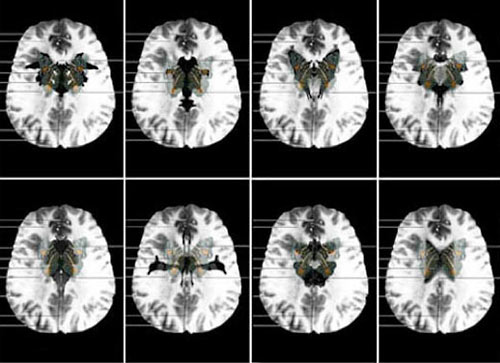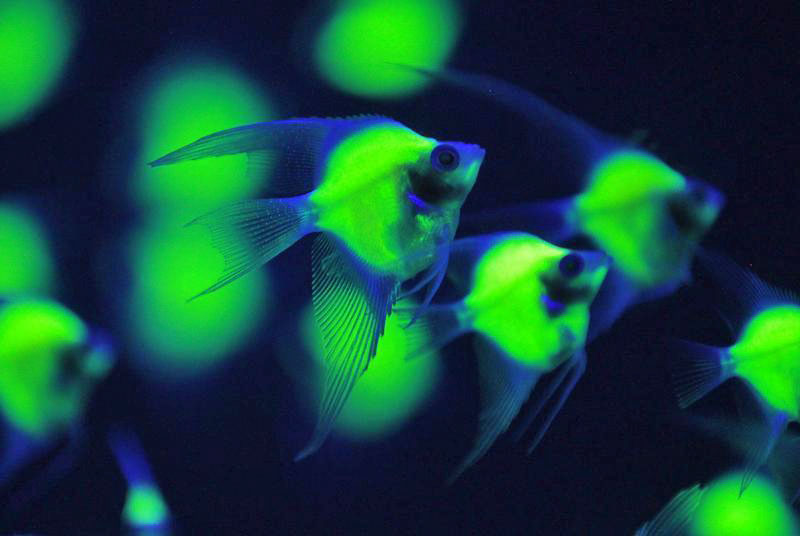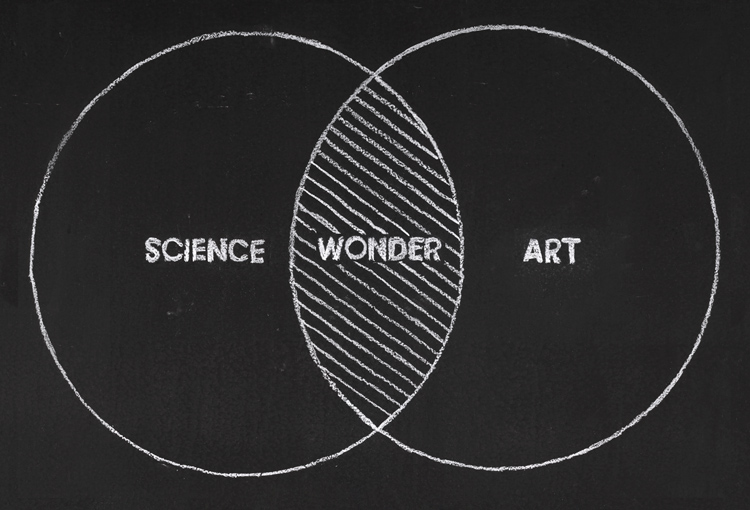I recognized two main ideas that we have discussed during DESMA 9 that were also discussed during the LASER panel. I recognized combinations of neuroscience and art, as well as space and art. For example, speaker Megan Lindeman presented her artwork that incorporates neurochemistry into each art piece. She explained that she wishes to combine neurochemistry with poetic dark matter and cause her audience to think about dark issues. Lindeman mixed a neurotransmitter present in the human brain, oxytocin, with paint. This idea blends neuroscience and art - scientists are not able to see dark matter, so they have to map everything around it in order to find where it hides. The use of oxytocin in artwork symbolizes the use of both emotion and reason in art, which creates feelings of ambiguity. In week 7, it was discussed how the rise of a "neuroculture" as a melding of neuroscience and art can reveal the underpinnings of our individuality, emotions, consciousness, and psychosocial interactions.
Additionally, Walter Gekelman discussed his scientific work with plasma. Although I'll admit I did not understand exactly how his scientific research works and what kinds of experiments he runs, I did find it fascinating. He explained that he needs to create temperatures of 300 million degrees or higher in order to induce fusion of molecules to create plasma. Through this process, he creates magnetic ropes which he can then display digitally. These digital images are beautiful, and display magnetic fields in ways that the human mind can process. Because plasma is directly linked to our solar system's Sun, Walter Gekelman's topic directly relates to our discussion of Space and Art. Perhaps through his research and experimentation, we can begin to understand processes in space and create new avenues of artwork.
Sources:
"The Spiritual Problem of Modern Man." Collected Works of C.G. Jung, Volume 10: Civilization in Transition. Web.
"LASER [Leonardo Art Science Evening Rendezvous]." Home Page. Web. 23 Apr. 2016.
Vesna, Victoria. “Conscious / Memory (Part 1).” Lecture. 16 Nov 2012. <http://www.youtube.com/watch?feature=player_embedded&v=DLVQIwOn7o8>
Vesna, Victoria. Lecture. “Conscious / Memory (Part 2).” 16 Nov 2012.
Vesna , Victoria, dir. Space Part 1. 2012. Film. 30 Nov 2012.














